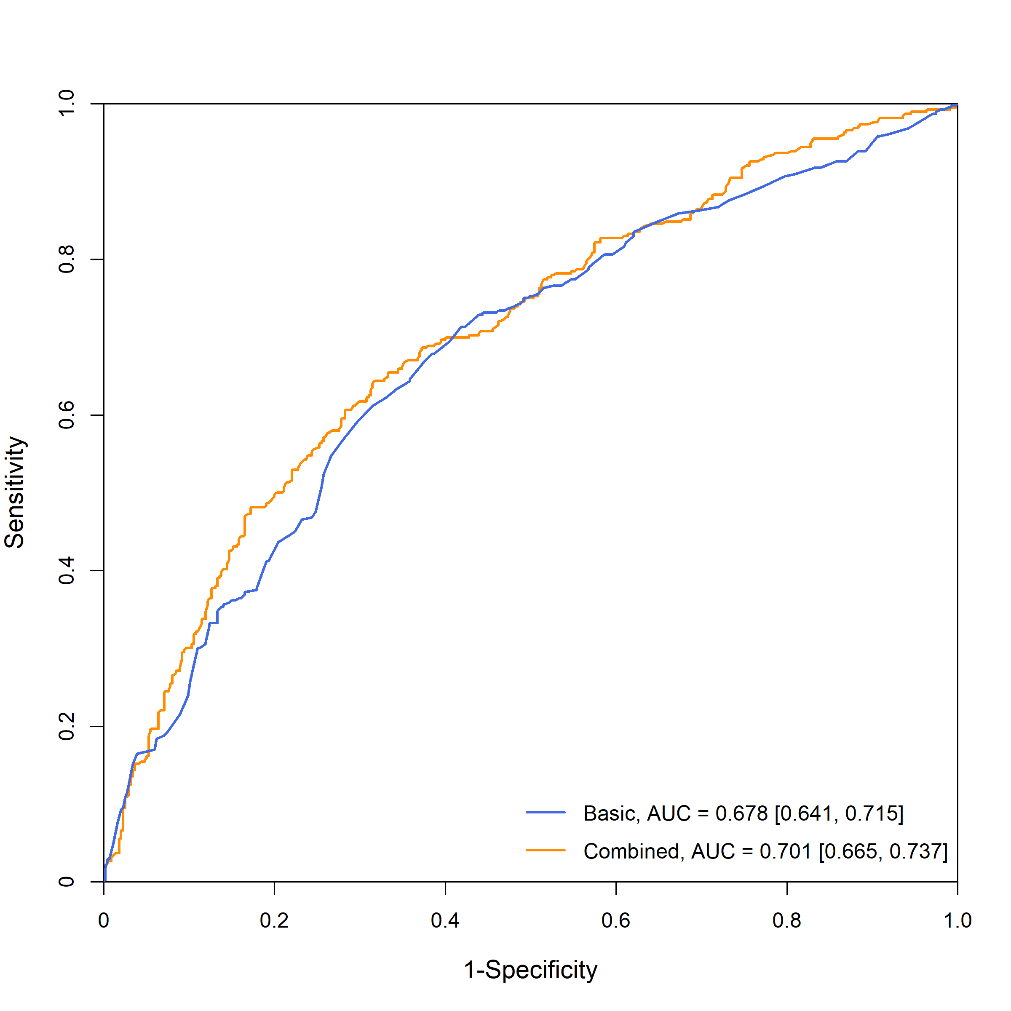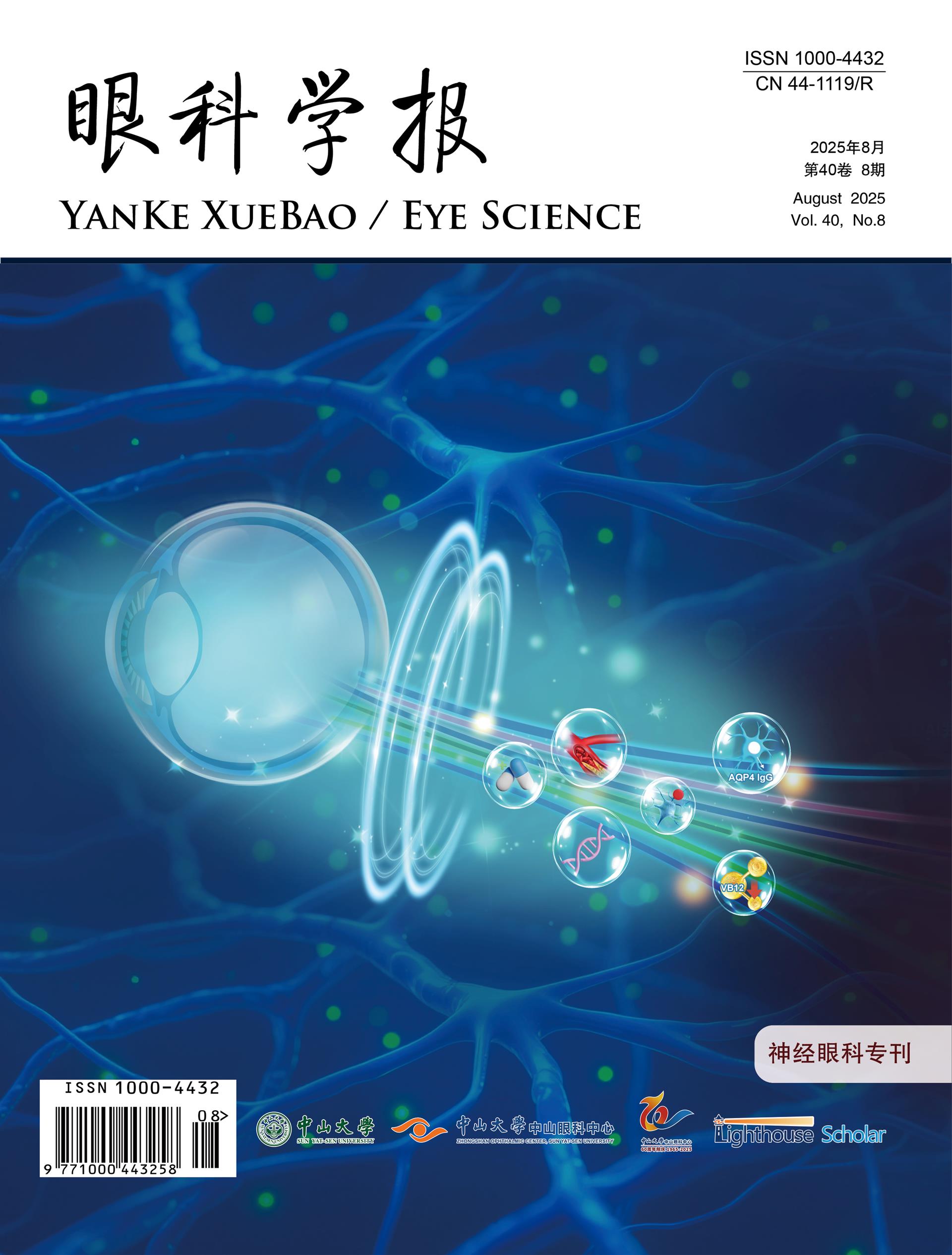1、Holden BA, Fricke TR, Wilson DA, et al. Global prevalence of myopia and high myopia and temporal trends from 2000 through 2050. Ophthalmology. 2016, 123(5): 1036-1042. DOI: 10.1016/j.ophtha.2016.01.006. Holden BA, Fricke TR, Wilson DA, et al. Global prevalence of myopia and high myopia and temporal trends from 2000 through 2050. Ophthalmology. 2016, 123(5): 1036-1042. DOI: 10.1016/j.ophtha.2016.01.006.
2、Transcripts of the press conference of the National Health Commission on July 13, 2021. [EB/OL].2021-07-13.Transcripts of the press conference of the National Health Commission on July 13, 2021. [EB/OL].2021-07-13.
3、He M, Xiang F, Zeng Y, et al. Effect of time spent outdoors at school on the development of myopia among children in China: a randomized clinical trial. JAMA. 2015, 314(11): 1142-1148. DOI: 10.1001/jama.2015.10803. He M, Xiang F, Zeng Y, et al. Effect of time spent outdoors at school on the development of myopia among children in China: a randomized clinical trial. JAMA. 2015, 314(11): 1142-1148. DOI: 10.1001/jama.2015.10803.
4、He X, Sankaridurg P, Wang J, et al. Time outdoors in reducing myopia A school-based cluster randomized trial with objective monitoring of outdoor time and light intensity. Ophthalmology. 2022, 129(11): 1245-1254. DOI: 10.1016/j.ophtha.2022.06.024. He X, Sankaridurg P, Wang J, et al. Time outdoors in reducing myopia A school-based cluster randomized trial with objective monitoring of outdoor time and light intensity. Ophthalmology. 2022, 129(11): 1245-1254. DOI: 10.1016/j.ophtha.2022.06.024.
5、Wu PC, Tsai CL, Wu HL, et al. Outdoor activity during class recess reduces myopia onset and progression in school children. Ophthalmology. 2013, 120(5): 1080-1085. DOI: 10.1016/j.ophtha.2012.11.009.Wu PC, Tsai CL, Wu HL, et al. Outdoor activity during class recess reduces myopia onset and progression in school children. Ophthalmology. 2013, 120(5): 1080-1085. DOI: 10.1016/j.ophtha.2012.11.009.
6、Pan CW, Ramamurthy D, Saw SM. Worldwide prevalence and risk factors for myopia. Ophthalmic Physiol Opt. 2012, 32(1): 3-16. DOI: 10.1111/j.1475-1313.2011.00884.x.Pan CW, Ramamurthy D, Saw SM. Worldwide prevalence and risk factors for myopia. Ophthalmic Physiol Opt. 2012, 32(1): 3-16. DOI: 10.1111/j.1475-1313.2011.00884.x.
7、You QS, Wu LJ, Duan JL, et al. Factors associated with myopia in school children in China: the Beijing childhood eye study. PLoS One. 2012, 7(12): e52668. DOI: 10.1371/journal.pone.0052668. You QS, Wu LJ, Duan JL, et al. Factors associated with myopia in school children in China: the Beijing childhood eye study. PLoS One. 2012, 7(12): e52668. DOI: 10.1371/journal.pone.0052668.
8、Lyu Y, Zhang H, Gong Y, et al. Prevalence of and factors associated with myopia in primary school students in the Chaoyang District of Beijing, China. Jpn J Ophthalmol. 2015, 59(6): 421-429. DOI: 10.1007/s10384-015-0409-x.Lyu Y, Zhang H, Gong Y, et al. Prevalence of and factors associated with myopia in primary school students in the Chaoyang District of Beijing, China. Jpn J Ophthalmol. 2015, 59(6): 421-429. DOI: 10.1007/s10384-015-0409-x.
9、Huang HM, Chang DS, Wu PC. The association between near work activities and myopia in children-a systematic review and meta-analysis. PLoS One. 2015, 10(10): e0140419. DOI: 10.1371/journal.pone.0140419. Huang HM, Chang DS, Wu PC. The association between near work activities and myopia in children-a systematic review and meta-analysis. PLoS One. 2015, 10(10): e0140419. DOI: 10.1371/journal.pone.0140419.
10、Qi LS, Yao L, Wang XF, et al. Risk factors for incident myopia among teenaged students of the experimental class of the air force in China. J Ophthalmol. 2019, 2019: 3096152. DOI: 10.1155/2019/3096152. Qi LS, Yao L, Wang XF, et al. Risk factors for incident myopia among teenaged students of the experimental class of the air force in China. J Ophthalmol. 2019, 2019: 3096152. DOI: 10.1155/2019/3096152.
11、Foreman J, Salim AT, Praveen A, et al. Association between digital smart device use and myopia: a systematic review and meta-analysis. Lancet Digit Health. 2021, 3(12): e806-e818. DOI: 10.1016/s2589-7500(21)00135-7.Foreman J, Salim AT, Praveen A, et al. Association between digital smart device use and myopia: a systematic review and meta-analysis. Lancet Digit Health. 2021, 3(12): e806-e818. DOI: 10.1016/s2589-7500(21)00135-7.
12、Yu M, Hu Y, Han M, et al. Global risk factor analysis of myopia onset in children: a systematic review and meta-analysis. PLoS One. 2023, 18(9): e0291470. DOI: 10.1371/journal.pone.0291470. Yu M, Hu Y, Han M, et al. Global risk factor analysis of myopia onset in children: a systematic review and meta-analysis. PLoS One. 2023, 18(9): e0291470. DOI: 10.1371/journal.pone.0291470.
13、Zhou Z, Morgan IG, Chen Q, et al. Disordered sleep and myopia risk among Chinese children. PLoS One. 2015, 10(3): e0121796. DOI: 10.1371/journal.pone.0121796. Zhou Z, Morgan IG, Chen Q, et al. Disordered sleep and myopia risk among Chinese children. PLoS One. 2015, 10(3): e0121796. DOI: 10.1371/journal.pone.0121796.
14、 Huang L, Chen X, Lin J, et al. Association between sleep duration and myopia among Chinese children during the COVID-19 pandemic: a cross-sectional study. Front Public Health. 2022, 10: 1015138. DOI: 10.3389/fpubh.2022.1015138. Huang L, Chen X, Lin J, et al. Association between sleep duration and myopia among Chinese children during the COVID-19 pandemic: a cross-sectional study. Front Public Health. 2022, 10: 1015138. DOI: 10.3389/fpubh.2022.1015138.
15、The Ministry of Education and other seven national departments. Notice on the Issuance of the "Comprehensive Prevention and Control of Myopia among Children and Adolescents Implementation Plan". [EB/OL]. 2018-08-30.The Ministry of Education and other seven national departments. Notice on the Issuance of the "Comprehensive Prevention and Control of Myopia among Children and Adolescents Implementation Plan". [EB/OL]. 2018-08-30.
16、The National Disease Control and Prevention Administration. The National Disease Control and Prevention Administration actively promotes the prevention and control of myopia in children and adolescent. [EB/OL]. 2024-03-13.The National Disease Control and Prevention Administration. The National Disease Control and Prevention Administration actively promotes the prevention and control of myopia in children and adolescent. [EB/OL]. 2024-03-13.
17、 The National Health Commission of the People's Republic of China. Screening Protocol for Refractive Errors in Primary and Secondary School Students: WS/T 663-2020[S]. Beijing: Standards Press of China, 2020. The National Health Commission of the People's Republic of China. Screening Protocol for Refractive Errors in Primary and Secondary School Students: WS/T 663-2020[S]. Beijing: Standards Press of China, 2020.
18、Fujian Daily [EB/OL]. 2024-09-14.Fujian Daily [EB/OL]. 2024-09-14.
19、Lanca C, Saw SM. The association between digital screen time and myopia: a systematic review. Ophthalmic Physiol Opt. 2020, 40(2): 216-229. DOI: 10.1111/opo.12657.Lanca C, Saw SM. The association between digital screen time and myopia: a systematic review. Ophthalmic Physiol Opt. 2020, 40(2): 216-229. DOI: 10.1111/opo.12657.
20、Ip JM, Saw SM, Rose KA, et al. Role of near work in myopia: findings in a sample of Australian school children. Invest Ophthalmol Vis Sci. 2008, 49(7): 2903-2910. DOI: 10.1167/iovs.07-0804.Ip JM, Saw SM, Rose KA, et al. Role of near work in myopia: findings in a sample of Australian school children. Invest Ophthalmol Vis Sci. 2008, 49(7): 2903-2910. DOI: 10.1167/iovs.07-0804.
21、Dong XX, Xie JY, Li DL, et al. Association of sleep traits with myopia in children and adolescents: a meta-analysis and Mendelian randomization study. Prev Med. 2024, 180: 107893. DOI: 10.1016/j.ypmed.2024.107893.Dong XX, Xie JY, Li DL, et al. Association of sleep traits with myopia in children and adolescents: a meta-analysis and Mendelian randomization study. Prev Med. 2024, 180: 107893. DOI: 10.1016/j.ypmed.2024.107893.
22、Jin E, Lee CE, Li H, et al. Association between sleep and myopia in children and adolescents: a systematic review and meta-analysis. Graefe’s Arch Clin Exp Ophthalmol. 2024, 262(7): 2027-2038. DOI: 10.1007/s00417-023-06338-0. Jin E, Lee CE, Li H, et al. Association between sleep and myopia in children and adolescents: a systematic review and meta-analysis. Graefe’s Arch Clin Exp Ophthalmol. 2024, 262(7): 2027-2038. DOI: 10.1007/s00417-023-06338-0.
23、Huang PC, Hsiao YC, Tsai CY, et al. Protective behaviours of near work and time outdoors in myopia prevalence and progression in myopic children: a 2-year prospective population study. Br J Ophthalmol. 2020, 104(7): 956-961. DOI: 10.1136/bjophthalmol-2019-314101.Huang PC, Hsiao YC, Tsai CY, et al. Protective behaviours of near work and time outdoors in myopia prevalence and progression in myopic children: a 2-year prospective population study. Br J Ophthalmol. 2020, 104(7): 956-961. DOI: 10.1136/bjophthalmol-2019-314101.
24、Gajjar S, Ostrin LA. A systematic review of near work and myopia: measurement, relationships, mechanisms and clinical corollaries. Acta Ophthalmol. 2022, 100(4): 376-387. DOI: 10.1111/aos.15043.Gajjar S, Ostrin LA. A systematic review of near work and myopia: measurement, relationships, mechanisms and clinical corollaries. Acta Ophthalmol. 2022, 100(4): 376-387. DOI: 10.1111/aos.15043.
25、Wen L, Cheng Q, Lan W, et al. An objective comparison of light intensity and near-visual tasks between rural and urban school children in China by a wearable device clouclip. Transl Vis Sci Technol. 2019, 8(6): 15. DOI: 10.1167/tvst.8.6.15. Wen L, Cheng Q, Lan W, et al. An objective comparison of light intensity and near-visual tasks between rural and urban school children in China by a wearable device clouclip. Transl Vis Sci Technol. 2019, 8(6): 15. DOI: 10.1167/tvst.8.6.15.
26、Wen L, Cao Y, Cheng Q, et al. Objectively measured near work, outdoor exposure and myopia in children. Br J Ophthalmol. 2020, 104(11): 1542-1547. DOI: 10.1136/bjophthalmol-2019-315258. Wen L, Cao Y, Cheng Q, et al. Objectively measured near work, outdoor exposure and myopia in children. Br J Ophthalmol. 2020, 104(11): 1542-1547. DOI: 10.1136/bjophthalmol-2019-315258.
27、Wen L, Cheng Q, Cao Y, et al. The Clouclip, a wearable device for measuring near-work and outdoor time: validation and comparison of objective measures with questionnaire estimates. Acta Ophthalmol. 2021, 99(7): e1222-e1235. DOI: 10.1111/aos.14785.Wen L, Cheng Q, Cao Y, et al. The Clouclip, a wearable device for measuring near-work and outdoor time: validation and comparison of objective measures with questionnaire estimates. Acta Ophthalmol. 2021, 99(7): e1222-e1235. DOI: 10.1111/aos.14785.
28、Lin T, Hu J, Lin J, et al. Epidemiological investigation of the status of myopia in children and adolescents in Fujian Province in 2020. Jpn J Ophthalmol. 2023, 67(3): 335-345. DOI: 10.1007/s10384-023-00991-y. Lin T, Hu J, Lin J, et al. Epidemiological investigation of the status of myopia in children and adolescents in Fujian Province in 2020. Jpn J Ophthalmol. 2023, 67(3): 335-345. DOI: 10.1007/s10384-023-00991-y.



























